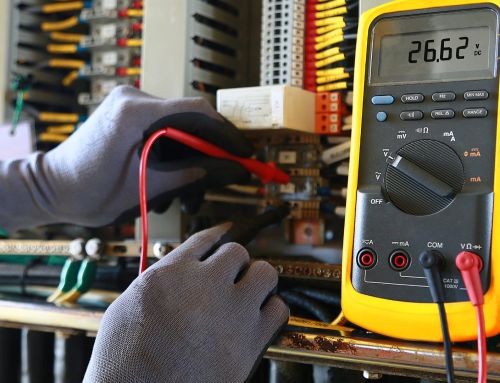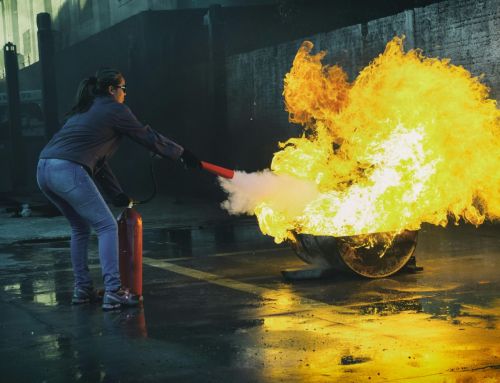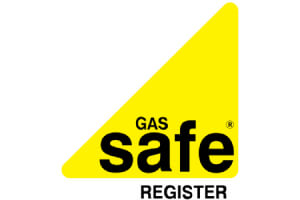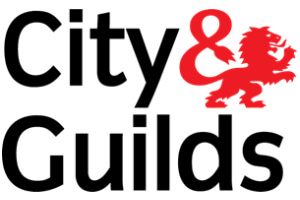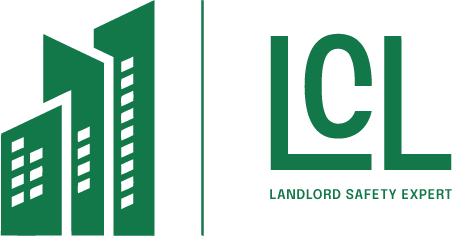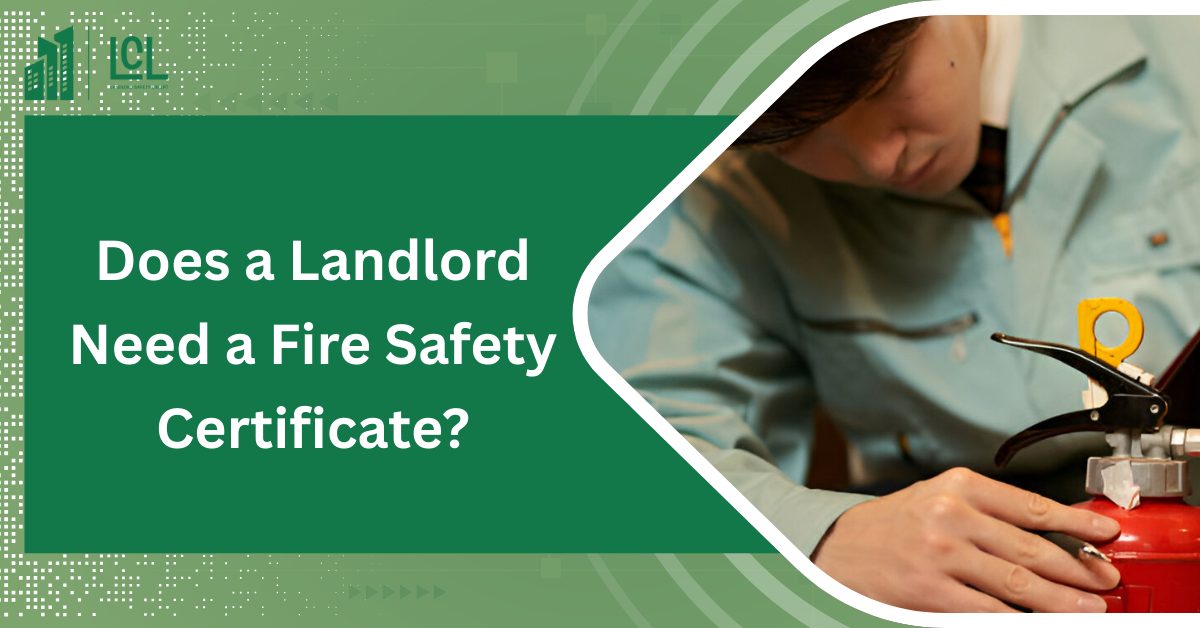
As a landlord, understanding when you need a Fire Safety Certificate is essential for legal compliance and tenant safety. In places like London, especially for HMOs, this certificate is often mandatory. Even for single-let properties, fire safety responsibilities remain crucial. Failing to meet these standards can lead to serious legal and financial consequences.
| Fire Safety and Landlord Responsibilities
These obligations are crucial not only for the protection of tenants but also for the avoidance of severe legal repercussions.
Landlords must adhere to national fire safety regulations, which typically include the installation and maintenance of proper fire detection and suppression systems. This involves ensuring that all smoke alarms are correctly installed and functional, fire extinguishers are accessible, and escape routes are clear and well-marked.
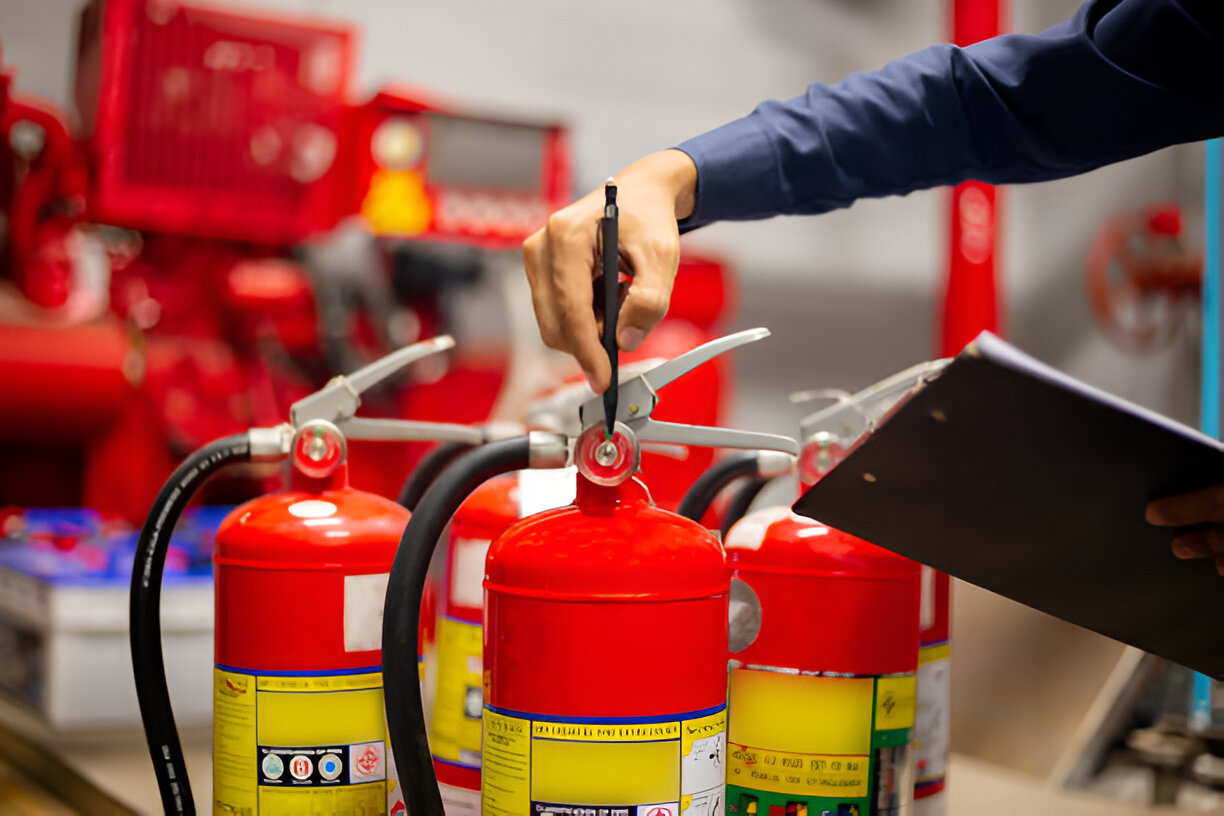
Furthermore, landlords are required to conduct regular fire risk assessments. These assessments help identify potential fire hazards within a property and determine the adequacy of existing fire safety measures. Based on these evaluations, landlords must implement necessary adjustments to mitigate identified risks.
Compliance with these safety standards is not merely about following the law; it is about actively fostering a safe living environment. Failure to comply can lead to substantial fines, legal actions, and, in some cases, criminal charges.
Landlords must stay informed of any changes in fire safety legislation and ensure their properties are inspected regularly by certified professionals to maintain compliance and safeguard their tenants.
| What Is a Fire Safety Certificate?
A Fire Safety Certificate is an official document issued by a competent authority, certifying that the design of a building complies with the required fire safety standards. This certification is crucial as it affirms that the structural design, materials used, and safety measures in place are adequate for preventing, controlling, and mitigating the effects of fire, thereby ensuring the safety of occupants and property.
The process of obtaining a Fire Safety Certificate involves several rigorous steps. Initially, detailed plans and specifications of the building’s design must be submitted to the fire safety authority. These documents should illustrate compliance with fire safety codes, including details on fire exits, alarm systems, fire-resistant materials, and emergency lighting.
The authority then reviews these plans to ensure they meet all legal and safety requirements. Upon approval of the plans, construction can proceed. However, the certificate is only issued after a final inspection confirms that the completed building adheres to the approved plans and all fire safety regulations.
This document remains valid as long as no significant modifications are made to the building that could affect its fire safety standards. Regular inspections and maintenance are required to ensure ongoing compliance and safety.
| Legal Fire Safety Requirements for Landlords in the UK
Ensuring compliance with fire safety regulations is a critical responsibility for landlords in the UK. These regulations are primarily outlined in the Regulatory Reform (Fire Safety) Order 2005, which applies to all non-domestic premises, including common parts of residential buildings.
Landlords must conduct thorough fire risk assessments to identify potential fire hazards and implement appropriate safety measures. This assessment must be reviewed regularly and updated to reflect any changes in the building structure or occupancy.
Furthermore, landlords are responsible for ensuring that all fire safety equipment, such as alarms, extinguishers, and emergency lighting systems, are maintained in good working order. They must also ensure that escape routes are clear and well-marked and that all occupants are aware of emergency procedures.
The Housing Act 2004 introduced the Housing Health and Safety Rating System (HHSRS), which assesses risk levels in residential properties, including fire safety risks. Landlords must mitigate any hazards identified to avoid penalties.
Compliance with these standards not only ensures the safety and well-being of tenants but also legally protects landlords from severe liabilities. Failure to comply can result in significant fines, prosecution, and, in severe cases, imprisonment.
| Is a Fire Safety Certificate a Legal Requirement?
While landlords must adhere to stringent fire safety regulations, the question arises whether obtaining a Fire Safety Certificate is mandatory under UK law. The requirement for a Fire Safety Certificate is not universally applied across all types of properties. However, certain types of accommodations, particularly those classified as Houses in Multiple Occupation (HMOs) have specific requirements.
| Property Type | Fire Safety Certificate Required | Relevant Legislation |
|---|---|---|
| Single-occupancy | No | Regulatory Reform (Fire Safety) Order 2005 |
| HMO | Yes | Housing Act 2004, Fire Safety Order 2005 |
| Large complex units | Yes | Building Regulations 2010, Fire Safety Order 2005 |
For Single-occupancy properties and large complex units, while a Fire Safety Certificate per se might not be required, landlords must ensure that their properties meet the safety standards specified in the Regulatory Reform (Fire Safety) Order 2005 and the Building Regulations 2010. Compliance involves adhering to fire safety measures such as the proper installation and maintenance of fire detection and fighting equipment, clear escape routes, and regular fire risk assessments. Non-compliance can result in significant penalties, including fines and imprisonment. Thus, while a specific certificate might not be mandatory, compliance with the law absolutely is.
Your Content Goes Here
| When Is a Fire Risk Assessment Needed?
Conducting regular fire risk assessments is crucial for all landlords to ensure compliance with fire safety regulations. These assessments are mandated by law to identify potential fire hazards within a property, evaluate the risks, and determine the adequacy of existing fire safety measures.
It is imperative for landlords to understand when these assessments are specifically required to maintain the safety and legality of their rental properties. A fire risk assessment is necessary when a new property is acquired for rental purposes, or when significant modifications have been made to an existing property.
Changes in the layout, the introduction of new materials, or alterations in the use of the property can all trigger the need for a reassessment. Additionally, the law requires a review of the fire risk assessment at regular intervals, typically annually, or more frequently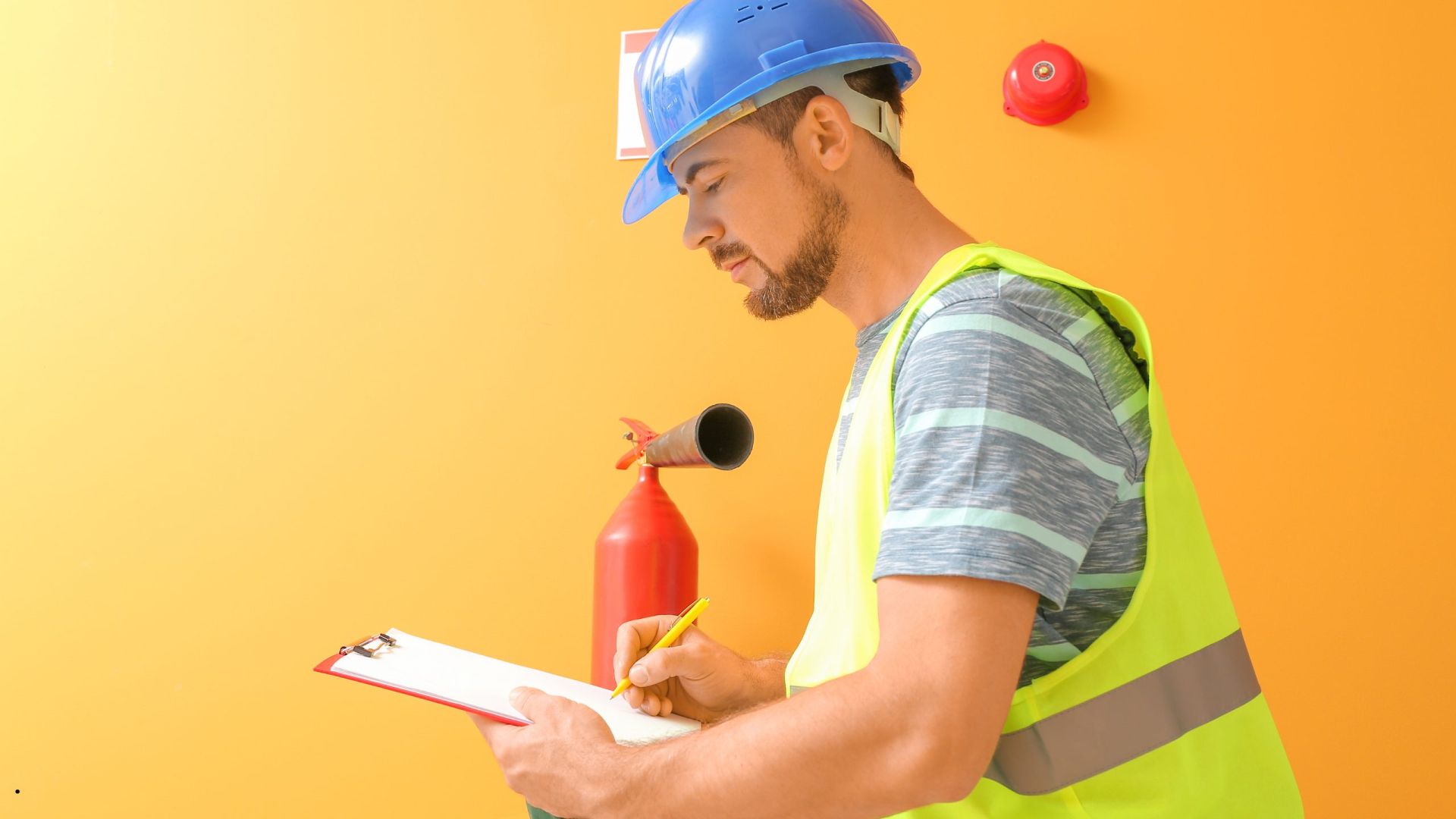 if there is a significant change in occupancy or fire incidents.
if there is a significant change in occupancy or fire incidents.
Landlords must also consider the specific requirements of their local fire safety codes, which may impose more frequent assessments depending on the building’s size, type, and the vulnerability of occupants.
Failure to conduct these assessments can result in severe legal penalties, including fines and imprisonment, emphasizing the critical nature of compliance in this area.
| Key Fire Safety Measures Landlords Must Implement
Following a thorough fire risk assessment, landlords must implement several key fire safety measures to adhere to legal standards and protect their tenants.
These measures include the installation and maintenance of smoke alarms on each floor of the property, which are essential for early detection of fires. Additionally, carbon monoxide detectors must be placed in any room that contains a solid fuel-burning appliance to prevent the risk of carbon monoxide poisoning.
Landlords are also required to ensure that all escape routes are clear and well-maintained. This includes checking that fire doors are not only present but also fully functional and free from obstructions.
These doors should close automatically and be equipped with intumescent strips to prevent the spread of smoke and flames.
Furthermore, the provision of fire extinguishers and blankets in strategic locations, such as kitchens and near exits, is crucial.
Landlords must ensure these are suitable for the types of fires that might occur, clearly marked, and regularly inspected.
| Fire Safety Documentation Landlords Should Keep
Proper documentation is vital for landlords to demonstrate compliance with fire safety regulations and to facilitate prompt action in the event of a fire. This essential paperwork serves multiple purposes: it substantiates adherence to legal standards, aids in risk assessment processes, and ensures that safety measures are both current and effective.
Firstly, landlords should maintain an updated Fire Risk Assessment record. This document should detail any potential fire hazards within the property, the measures taken to mitigate these risks, and the effectiveness of existing fire safety systems. It typically involves regular inspections and should be revised whenever there are significant changes to the building structure, occupancy, or usage.
Secondly, records of all fire safety equipment installations and maintenance should be meticulously kept. This includes, but is not limited to, smoke detectors, fire extinguishers, and fire alarm systems. Documentation should include dates of instalments, routine checks, and servicing actions, ensuring all equipment is operational and adheres to the latest safety standards.
Lastly, landlords must keep a log of all fire safety training provided to residents and staff. This should encompass the nature of the training, the dates it was conducted, and the participants involved. This log will prove indispensable not only in enhancing safety awareness but also in demonstrating compliance during inspections or in the aftermath of a fire incident.
| Get a Fire Safety Certificate in London
Obtaining a Fire Safety Certificate in London is a mandatory requirement for landlords to ensure their properties comply with local fire safety regulations. This certification underscores a landlord’s commitment to the safety of their tenants and adherence to stringent legal standards. The process involves a comprehensive assessment by certified professionals who evaluate the property for potential fire hazards and verify the effectiveness of fire prevention measures.
Here is a breakdown of the critical steps involved in securing a Fire Safety Certificate:
| Step | Description | Emotional Impact |
|---|---|---|
| Assessment | A thorough inspection of fire safety measures in the property. | Ensures tenant safety and peace of mind |
| Compliance | Identification and rectification of non-compliant areas. | Reinforces trust in property safety standards |
| Documentation | Submission of detailed fire safety documentation. | Builds a foundation of transparency and accountability. |
| Certification | Issuance of the Fire Safety Certificate by authorities. | Confirm the property’s safety integrity |
| Renewal | Periodic review and renewal of the certificate | Maintains ongoing commitment to safety and compliance. |
Landlords must approach this process with diligence and an understanding that their proactive engagement is crucial for not only legal compliance but also for fostering a safe living environment. This certification is not merely a formality but a critical component of responsible property management.
| Conclusion
In conclusion, adherence to fire safety regulations is imperative for landlords, particularly those overseeing Houses in Multiple Occupation in London. Compliance is achieved through obtaining a Fire Safety Certificate, which serves as definitive proof of meeting legal standards. This requirement not only ensures tenant safety but also minimizes legal risks for landlords and enhances the marketability of the property. Landlords must remain vigilant in maintaining current knowledge and documentation of fire safety protocols.
About the Author: LandlordCertificate
Related Posts
Get Social
Recent Posts
- Fire Risk Assessment Review as a Driver of Stronger Safety Control
- Comprehensive EICR London Services for Every Property
- System Planning for Large Buildings with Fire Alarm Installation
- Fire Service Fire Risk Assessment for Stronger Safety Management
- Electrical Risk Clarity Improved Through an EICR Report


